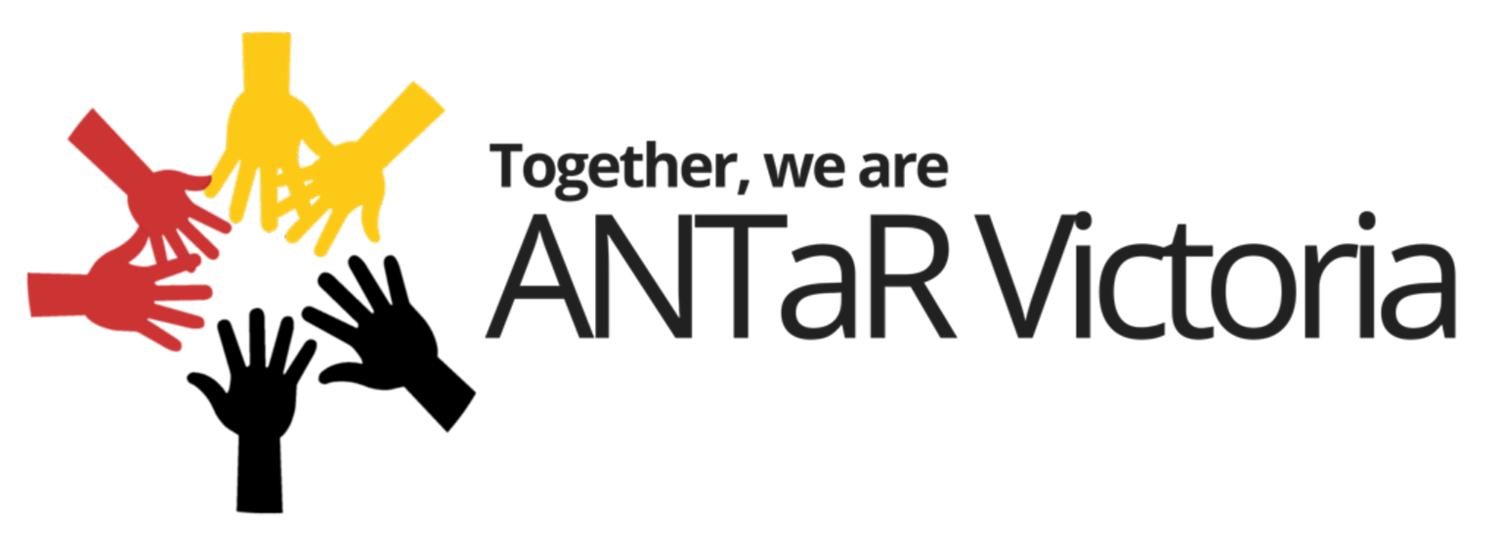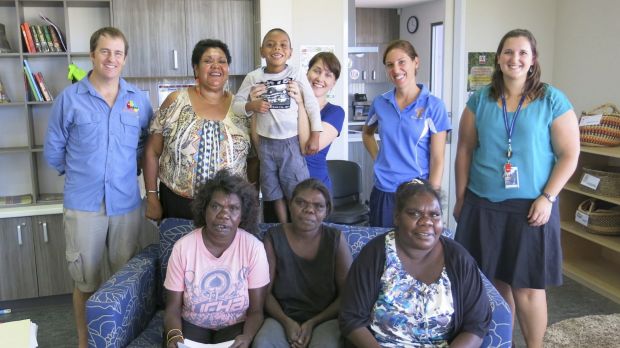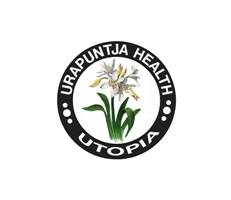Self-Determination
Defined broadly as the right to govern oneself, self-determination is vital in choosing sovereignty and international political status without interference. Self-determination in Aboriginal and Torres Strait Islander rights primarily involves a transfer of decision-making power from the government to Indigenous peoples, through consultation with Indigenous involvement and empowering and engaging Indigenous voices. Who better to decide what is best for communities facing adversity than those who are part of the community?
The decision-making power may involve land rights and self-governance, controlling service delivery and resource provision, the establishment of a sovereign ‘nation within a nation’, access to education or health services and providing a platform for real capacity for communities to generate an economic base. Self determination is about creating long term, sustainable solutions for communities or groups which have been historically disadvantaged or forgotten.
Historically, Australia's first Peoples have not been consulted or included in decision-making processes, instead being subjected to government policies that directly impact them and their communities. This paternalistic approach has contributed to the discrimination against First Peoples and created many challenges across Australia.
Self determination involves collective responsibility and opportunities for Aboriginal and Torres Strait Islanders to make meaningful change in their communities and solely determine their own community development and future. The Victorian government is helping to achieve this by supporting Aboriginal Organisations Aboriginal Housing Victoria (AHV) and the Victorian Aboriginal Child Care Agency (VACCA), driving employment and strengthening cultural heritage management.
Self-determination has overwhelming positive outcomes for addressing disadvantage and discrepancies in life-expectancy, suicide rate, and the incarceration rate between Indigenous and non-Indigenous peoples.
Read examples of practical self-determination below. On this page:
RED DUST HEALING AT CLEVELAND YOUTH DETENTION CENTRE
The Indigenous-led Red Dust Healing program works in the Cleveland Youth Detention Centre, Queensland. As described by Randal Ross from Red Dust Healing, the program focuses on cultural tools and connection to help incarcerated youth address problems and empower themselves to “make the right choices for them and their families”. He says, “Red Dust gives young people the tools to fix the problems in their own lives. We provide people with an opportunity to identify the rejection in their lives and name it so they can then begin healing using cultural tools. We know that once we address these issues, then we can start to heal our generations”.This includes discussing the effect of colonialism on the Indigenous community. The program was run at the Cleveland Youth Detention Centre with 40 incarcerated boys. The boys’ progress was monitored for two years following their release from the centre: none of the children returned to detention in that time, and only eight boys of the 40 reoffended, on minor offences. Ross says that ordinarily the return rate is almost 100 per cent. Red Dust Healing is a great example of how the most successful and effective organizations in addressing issues faced by Indigenous people are Indigenous-led.
Find out more on the Red Dust Healing website.
ALCOHOL AWARENESS IN FITZROY CROSSING
The Aboriginal-led Marninwarntikura Fitzroy Crossing Women’s Centre has greatly reduced a number of issues faced by the community due to consumption of alcohol. Alcohol abuse contributes to a number of preventable deaths and violence, as well as a number of cases of intellectual and developmental problems as result of drinking during pregnancy. The Marninwarntikura Fitzroy Crossing Women’s Centre rallied support within their community for research reports and education programs targeting excessive drinking, antenatal care and drinking during pregnancy in order to address these issues and ensure the wellbeing of both the community and future generations. Through campaigning for the restriction of full-strength takeaway alcohol and raising awareness about the consequences of alcohol abuse, the women from the centre achieved a 45 per cent reduction in hospital admissions, 27 per cent reduction in alcohol-related violence, 27 per cent reduction in alcohol-related violence, 14 per cent increase in school attendance and an 88 per cent reduction in takeaway alcohol sales. The work of the Marninwarntikura Fitzroy Crossing Women’s Centre in their community demonstrates the effectiveness of Aboriginal-led initiatives in tackling issues that affect the population, and is a positive example of the success of Indigenous leadership within a community.
Read more about the work of the Marninwarntikura Fitzroy Crossing Women’s Centre here.
CHILD NUTRITION PROGRAM BY NGAANYATJARRA PITJANTJATJARA YANKUNYTJATJARA WOMEN'S COUNCIL
The Ngaanyatjarra Pitjantjatjara Yankunytjatjara Women’s Council (NPYWC) is an all-Aboriginal community-controlled organization that is dedicated to improving the health and well-being of Aboriginal people living in the Central Australian region. There has been limited support for resources surrounding the promotion of nutritional foods. This has resulted in a gap for services that highlight the importance of dietary improvement in reducing the health disparity between Indigenous and non-Indigenous Australians. The NPYWC provides services that government agencies do not wish to deliver directly in the remote communities of the area (NPY Women’s Council 2010, p.1). A notable example of one of their successful programs is the Child Nutrition Program which promotes a holistic approach (encompassing land, language, times, place, relationships and culture) rather than focusing on nutrition as solely a health issue. The program has included 146 nutrition workshops that have engaged 1221 people. This demonstrates the crucial strength of Aboriginal-led community organizations in providing services not delivered by the government and creating meaningful and lasting change in their own communities.
NO SMOKES BLOGGING
A group of Indigenous bloggers are contributing to the anti-smoking campaign No Smokes to address the prevalence of smoking in Indigenous communities and households. The bloggers share their experiences with smoking and quitting in order to inspire others in their communities to quit the habit. Whilst the percentage of Aboriginal and Torres Strait Islanders that are daily smokers has decreased since 2002 from 49 to 39 per cent thanks to the contributions of a range of initiatives, there is still much work to be done to address the prevalence of smoking in Indigenous communities and the consequences for health. Aboriginal and Torres Straight Islanders remain roughly 2.6 times more likely than non-Indigenous people to smoke daily.
The No Smokes bloggers create conversations that engage their peers and empower Indigenous youth to make healthy choices, share quitting tips and provide encouragement and support to each other. More than half of Indigenous Australians smoke, compared with just 20 per cent of non-Indigenous Australians, and smoking is responsible for one out of every five deaths among the Aboriginal and Torres Strait Islander population. This is an example of young Indigenous Australians inspiring and empowering their peers and their communities to determine their own healthy lifestyle choices and quit smoking, which is most preventable cause of ill health and early death for Indigenous Australians.
Read more about No Smokes and the contributions of Indigenous bloggers here and here.
alyawarr and anmatyerr COMMUNITY HEALTH AND SELF-DETERMINATION IN CENTRAL AUSTRALIA
A ten year study in Central Australia found that connectedness to culture, family and land and opportunities for self-determination are contributors to significantly lower morbidity and mortality in outstation communities. The Alyawarr and Anmatyerr people living across decentralised outstations across the Central Australian region have a substantially lower mortality rate than the wider Indigenous population in the Northern Territory. The study found that residents of these communities where traditional languages and cultural practices are valued and maintained are less likely to be obese, less likely to have diabetes and less prone to cardiovascular disease than Aboriginal people across the rest of the Northern Territory. Furthermore, the primary health care provider for this region is the community-controlled Urapuntja Health Service. This demonstrates that Aboriginal community-controlled social and health care delivery, opportunities for self-determination and a strong connection to land, culture and family have overwhelming health benefits for the community’s population and for general wellbeing.
SUICIDE PREVENTION IN KIMBERLY REGION
Aboriginal-led and managed mental health services have led to a 120 per cent increase in Aboriginal people accessing mental health services and a 144 per cent increase in face-to-face clinical consultations in the Kimberly region of Western Australia, where Indigenous youth suicide has reached six times the national level. A network of predominantly Aboriginal psychiatrists, nurses and mental health workers, in conjugation with Aboriginal-led mental health organizations, are contributing to Aboriginal youth suicide prevention across the Kimberly region. Programs such as the Aboriginal-designed, managed and led ‘Alive and Kicking Goals!’ educate young Indigenous Australians about suicide prevention, positive lifestyle choices, and hope for the future through mentoring, counselling and peer education workshops. This demonstrates the crucial role that Indigenous designed and run programs play in tackling mental health issues among Indigenous youth and communities.
Find out more about Alive and Kicking Goals! here
ADDRESSING PETROL SNIFFING
The remote Aboriginal community of Yuendumu on the edge of the Tanami Desert has greatly reduced the prevalence of petrol sniffing among young people in the community thanks to the initiatives of the Warlpiri Elders and the Aboriginal community. Following an alarming number of youth engaging in petrol sniffing, the Elders in conjunction with the support of Traditional Owners and local community groups, established the Mount Theo Outstation. The Mount Theo Outstation is located 160 kilometres away from Yuendumu and acts as a facility where Indigenous youth engaging in petrol sniffing can recover, learn about traditional culture, connect with their cultural identity and break their damaging addiction.
At the Mount Theo Outstation, the young members of the community engage with Elders who provide cultural healing and coordinate outdoor activities such as gardening, traditional hunting, tracking, traditional painting, and story-telling. This ensures cultural strengthening and is a safe and inclusive space for young people to discuss the problems they're facing. A comprehensive youth program was developed concurrently in Yuendumu to promote healthy activities and to support the youth returning from Mount Theo in their recovery and abstinence from petrol sniffing. From a total of 35 clients cared for at Mount Theo in 2009, only one Yuendumu young man has returned to sniffing petrol, and no petrol sniffing related incidents have been recorded in surrounding communities.
Since it began, the community-driven initiative has transformed the lives of more than 700 young Aboriginal people from communities in the region, and is regarded in Australia and overseas as a leader in petrol sniffing prevention. It is a great example of an Aboriginal-designed and implemented initiative which promotes empowerment and connection to culture to address specific issues affecting the community and create positive change for future generations of Aboriginal youth.
Read about Mount Theo Outstation in ANTaR's book ‘’A Better Way: Success Stories in Aboriginal Community Control in the Northern Territory’’.











